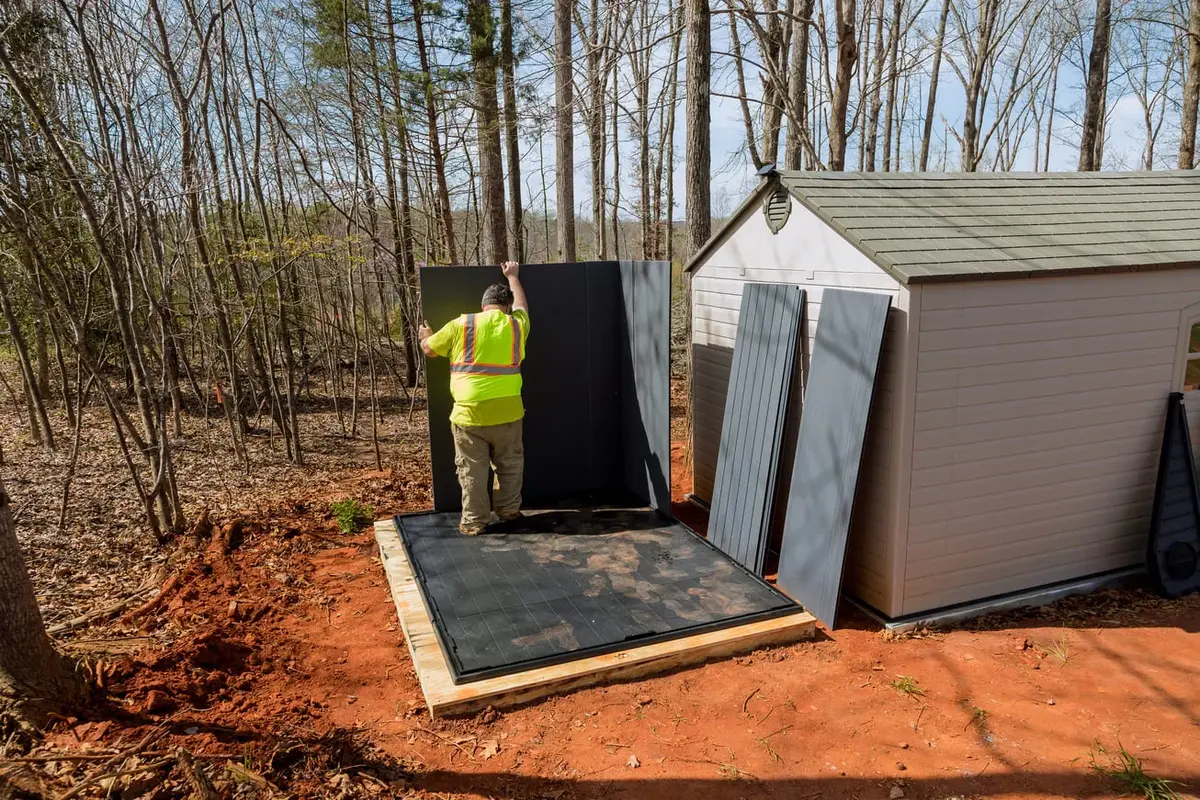Foundation
Foundation Planting: Top Dos and Don’ts for Great Curb Appeal

Smart landscaping choices can elevate your home’s appearance instantly. With the right foundation planting tips, you can transform dull front yards. From choosing plants to spacing and maintenance, everything matters. These practical strategies improve both aesthetics and long-term home value.
Let’s explore the essential dos and don’ts every homeowner should know.
Do: Start with a Thoughtful Design Plan
Begin by visualizing how your landscaping complements your home’s architecture, color, and style. This ensures harmony from the start.
Sketch your space, noting windows, doors, walkways, and existing features. Choose plants with height variation to create visual depth.
Also, think about year-round interest—add evergreens, shrubs, and flowers that bloom in different seasons.
Don’t: Overcrowd the Front of Your House
Avoid the temptation to fill every inch with greenery. Overplanting causes maintenance issues and hides your home’s charm.
Leave open space between plants and walls for airflow and sunlight. It also prevents root damage and pest problems.
Moreover, plants need space to grow—so start small and let them mature naturally over time.
Do: Choose Plants that Match Your Region
Use native or climate-adapted plants for easier maintenance and stronger results. These plants naturally resist pests and diseases.
Foundation planting thrives when species align with your local conditions. Visit nearby nurseries for expert suggestions.
Also, pick low-maintenance options to keep your yard looking great without excessive effort.
Don’t: Forget About Proper Plant Height and Spacing
Your tall plants should go in the back, with shorter varieties placed up front. This creates a clean and layered effect.
If you block windows with tall shrubs, you lose both natural light and visibility. Always consider mature plant sizes.
Spacing helps plants grow healthier and reduces overcrowding, which attracts insects and disease.
Do: Use Mulch and Edging to Define Your Beds
Neat mulch lines and clear edging give your foundation planting a finished, professional look.
Mulch keeps soil moist, reduces weeds, and improves plant health. Choose natural mulch that enhances your home’s exterior color.
For a tidy edge, use bricks, metal, or stone borders. This keeps beds clean and defines shapes clearly.
Don’t: Ignore Long-Term Maintenance Needs
Even the best-looking planting will fail if you ignore pruning, watering, and seasonal cleanup.
Choose plants that match your commitment level. If you’re too busy, select low-care evergreens or slow-growing shrubs.
Consistent upkeep keeps your foundation planting neat, fresh, and appealing through every season.
Do: Mix Textures and Colors for Visual Interest
Contrast matters when designing your beds. Combine plants with varied leaf textures, bloom shapes, and foliage colors.
This contrast draws the eye and adds dimension. Add accent plants near the entry to invite guests in.
Use symmetry to frame walkways and highlight key architectural features of your home.
Don’t: Place Plants Too Close to the House
Foundation plants need room to breathe. Placing them too close causes rot, pest issues, and even structural damage.
Leave at least one foot between small plants and your foundation. For larger shrubs, leave even more space.
This simple tip ensures better airflow, healthier roots, and easier house maintenance.
Enhance Your Curb Appeal with These Foundation Planting Tips
By following these foundation planting tips, you’ll boost curb appeal and make your yard more inviting. Thoughtful design, smart plant choices, and regular care ensure a polished look that lasts.
